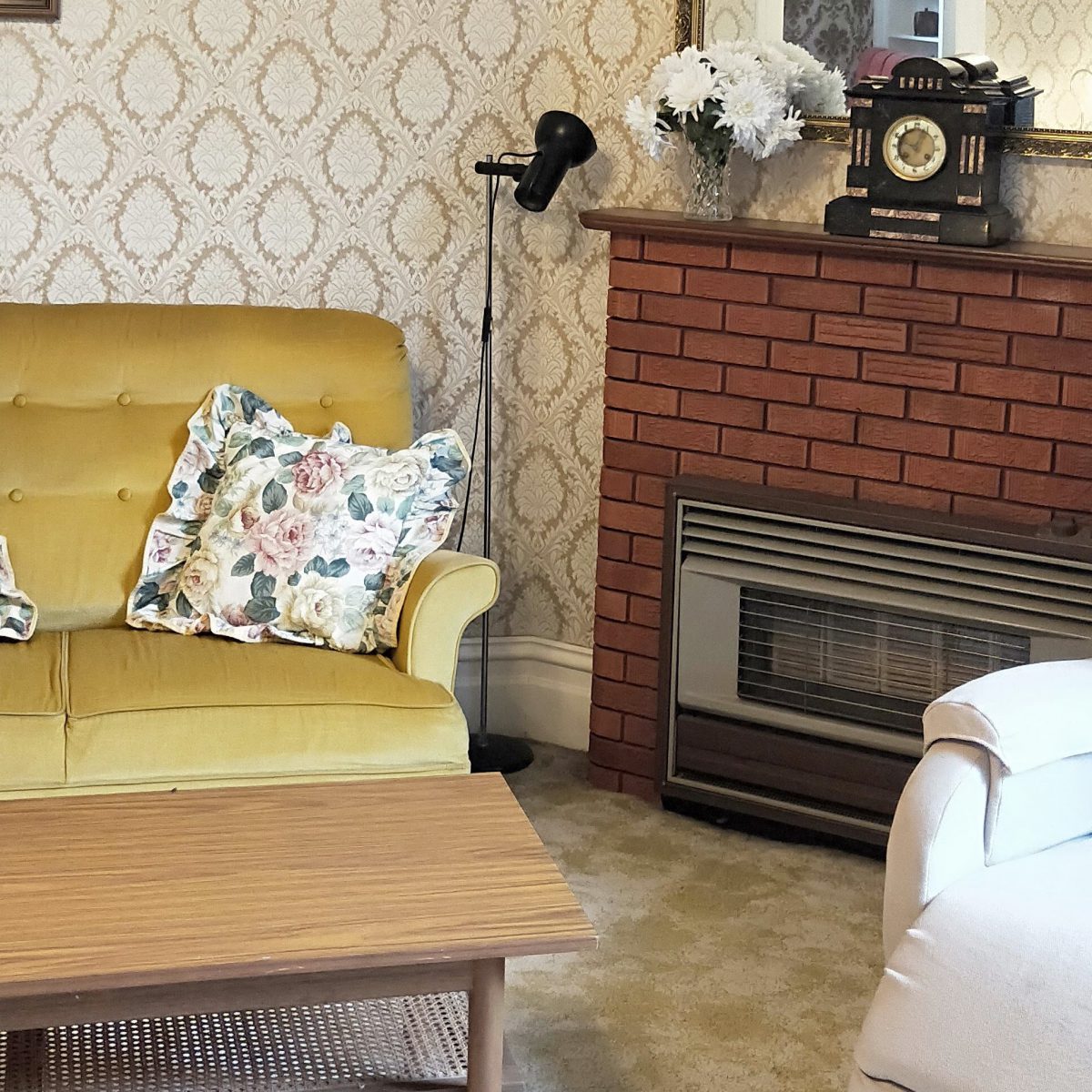
If you’re thinking about buying an older home, it’s essential you conduct a building inspection to check if there are any flaws. Even if issues are revealed, you may still decide to go ahead with the purchase, but it’s important you have a solid idea about the cost of any repairs.
Discuss with your builder about the cost of undertaking repairs, while also talking to your real estate agent will help you understand the value of the property once the repairs are completed.
Watch-out for the following issues:
Plumbing – Galvanised steel water pipes are common in older homes. These typically have a maximum 50-year life span so are likely to need to be replaced. Any sign of corrosion is likely to be most visible near water heaters. Flakes of rust can get into the drinking water and play havoc with showerheads and taps.
Non-compliant wiring – This must be replaced as it is dangerous. If this work needs to be done, it should be factored into your final pricing.
Roofing – The lifespan on an unrenovated roof may be coming to its natural end in an older home depending on the materials. Make sure any building inspection checks this area carefully as there is no
Foundations – Slabs are a common base for homes built in the 1970s onwards. Those approaching half a century old are likely to have cracks, especially if the building is on a slope. As an initial check, look at the state of the concrete on original steps outside the house. It’s possible some cracks can be surface-based caused by temperature changes so don’t panic. In this instance, the advice of a professional is essential.
Lack of insulation – not all homes from the 1950s, 60s and 70s will have insulation and this will significantly impact on the running costs of your home, making it cold in winter and hot in summer.
Dangerous materials – Asbestos was used in some homes as walls and for roof cladding. You should check for lead in gutters, flashings and waste pipes. Original paintwork is likely to have lead in it, too if the home is very old. If you’re planning a renovation, this is a serious consideration. Safety measures should be taken into account in any renovation budget.
Boric treatments – Fencing and decking may have been sprayed with copper chromium arsenic to protect them against vermin as this was a popular treatment for a long time. Check with a local council about how to protect yourself against such hazards if you work on any treated timbers.
